The President of Kyrgyzstan, Sadyr Japarov, during his official visit to Egypt, participated in a...
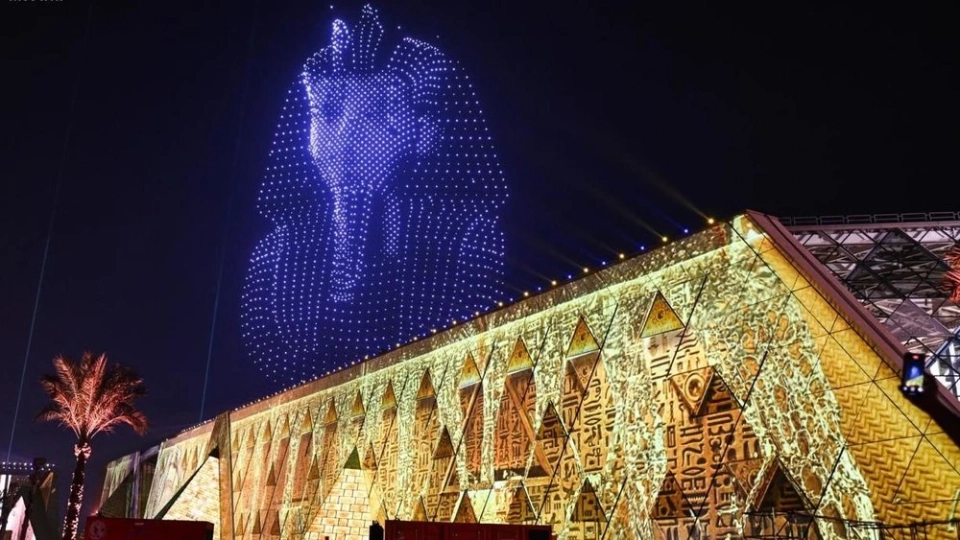
Image of the burial mask of Tutankhamun, created by drones, during the museum opening ceremony The...

A solemn ceremony took place in the vicinity of Cairo to mark the opening of the Grand Egyptian...
[img]http://vesti.kg/dаta:image/svg+xml;base64,PHN2ZyB4bWxucz0iaHR0cDovL3d3dy53My5vcmcvMjAwM...
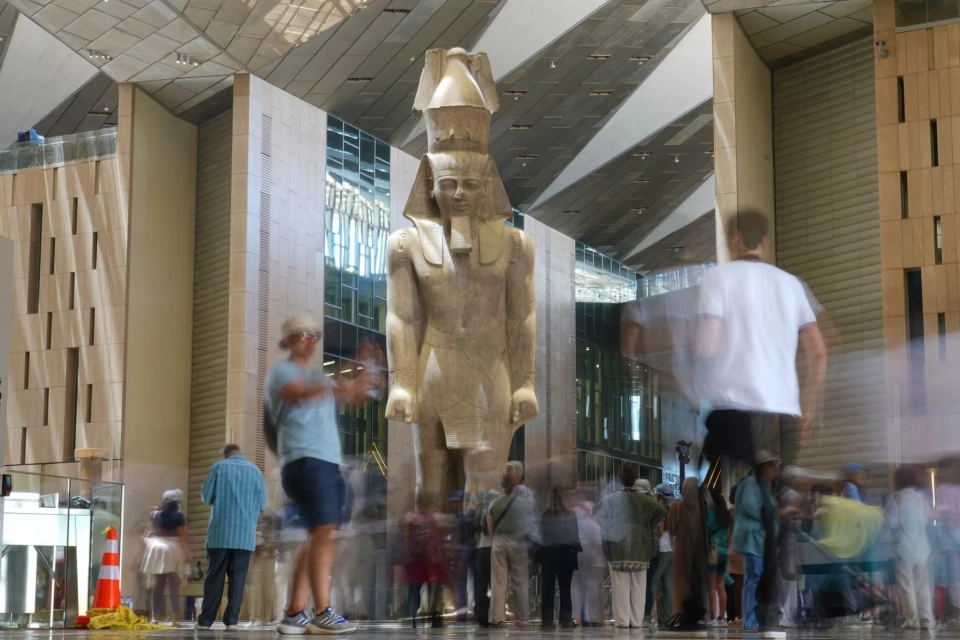
In the capital of Egypt, near the Giza pyramids, a new museum will open, costing $1 billion. This...
As part of the cultural program of his visit to Egypt, President Sadyr Japarov visited the famous...
On November 5, as part of an official visit to Egypt, the President of Kyrgyzstan Sadyr Japarov...

The Naryn Historical and Local Lore Museum is located in the city of Naryn, on Razzakov Street....
On November 4, President Sadyr Japarov arrived in Egypt for an official visit, organized at the...
On November 4, the President of Kyrgyzstan, Sadyr Japarov, arrived on a visit to the Arab Republic...
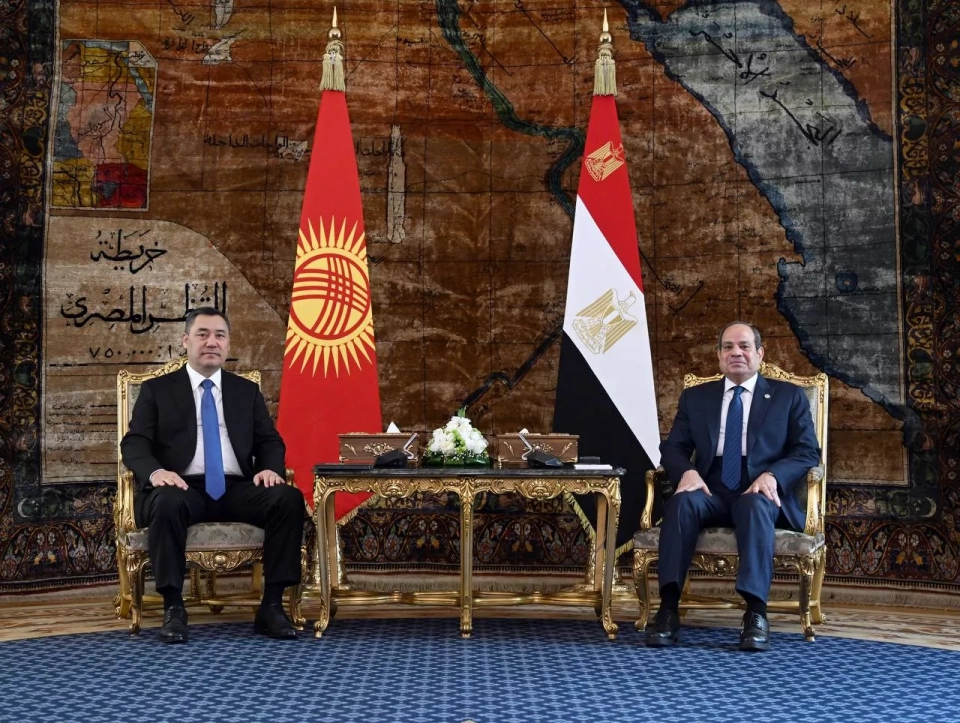
During the meeting, the presidents discussed important aspects of Kyrgyz-Egyptian cooperation,...
According to data from the National Statistical Committee, from January to August, the trade...
The museum "House of Enlightenment Denis Diderot," located in Langres in the northwest of...
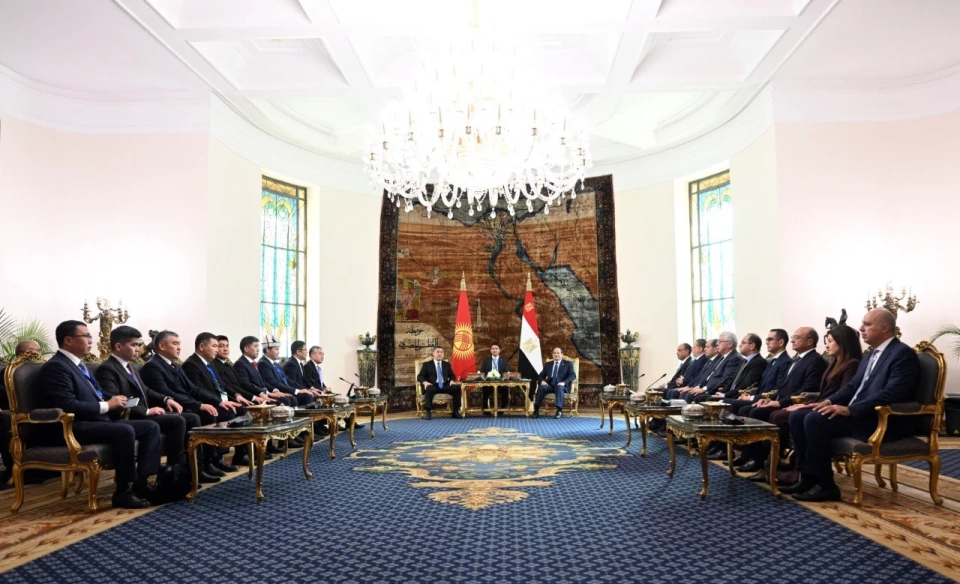
The President of the Kyrgyz Republic, Sadyr Japarov, held important negotiations today, November...
The Osh Regional Art Museum named after T. Sadykov is launching a call for works from women artists...

Where is the Chingiz Aitmatov Museum located? The Ch. Aitmatov Museum is located in the village of...
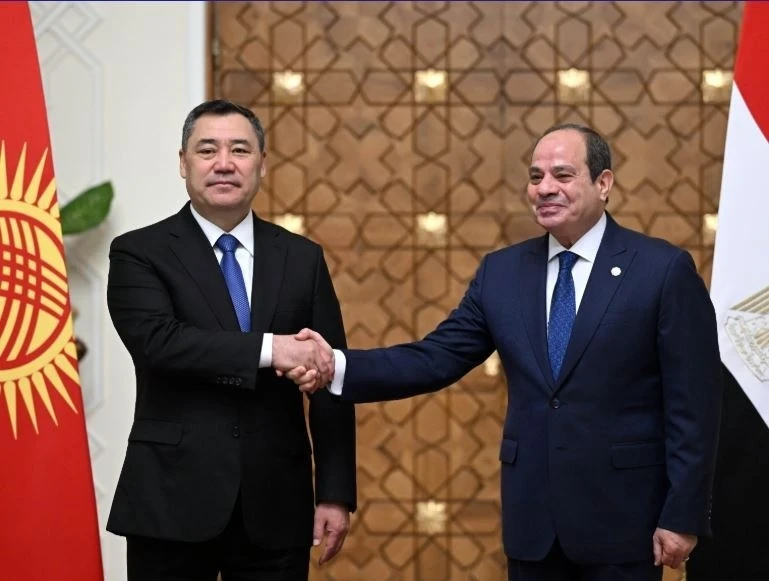
At the presidential palace "Al-Ittihadiya," a ceremonial event took place where the...
In the historical and ethnographic museum of the Jumgal district, there are now more than 100...

Museum-Reserve The museum-reserve was established in 1949 with the creation of the Osh Regional...
[img]http://vesti.kg/dаta:image/svg+xml;base64,PHN2ZyB4bWxucz0iaHR0cDovL3d3dy53My5vcmcvMjAwM...

Let's go to the museum together! Shall we meet? Let's get acquainted? On December 22,...

The Kochkor Historical and Local Lore Museum is located in the village of Kochkor, Naryn region....

The museum houses exhibits that reflect the life of the entire Kyrgyz people, as well as personal...
Azat Erkimbaev, who previously led the Kyrgyzstan national team in Greco-Roman wrestling, won a...

Kyrgyzstan is quite possibly one of the few places in the world where the snow leopard—a rare...

The official symbol of Kyrgyzstan at the International Exhibition "EXPO-Milan 2015,"...
Changes to the resolution on the establishment of the State Historical and Cultural Museum-Reserve...
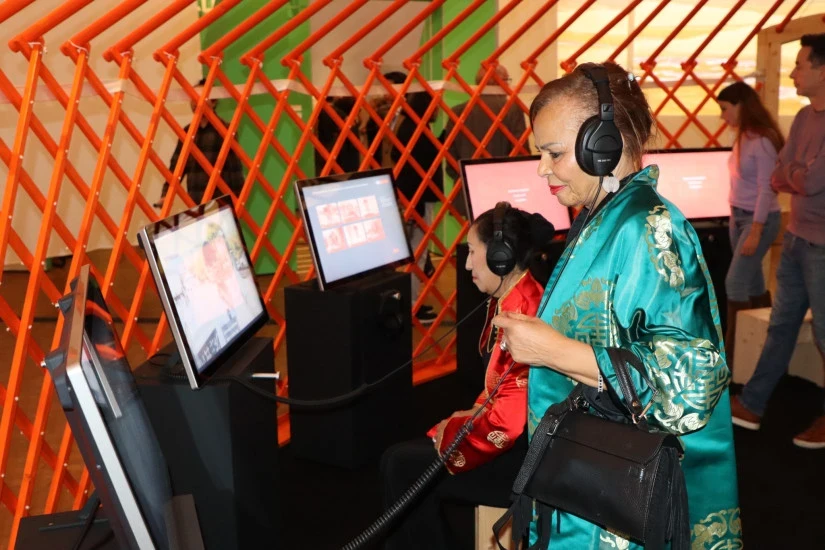
The opening of the exhibition has become a significant event aimed at introducing a wide audience...

Kyrgyz State Memorial House-Museum of M.V. Frunze This is the first museum in Kyrgyzstan dedicated...
Sadyr Japarov will travel to Egypt on November 4-5 of this year at the invitation of the...

In the city of Bishkek, based on the Kyrgyz National Agrarian University named after K. I....

Museums are living organisms that help establish and strengthen connections between individual...

In the late 1920s, the Central Museum of Local Lore appeared in the capital. In 1943, the local...

House Museum named after A. Tokombaev Tokombaev is a well-known Kyrgyz akyn, poet, and composer....

Last weekend, the State Historical Museum opened its doors with a special program - a night event....

The official symbol of Kyrgyzstan at the International Exhibition "EXPO-Milan 2015,"...
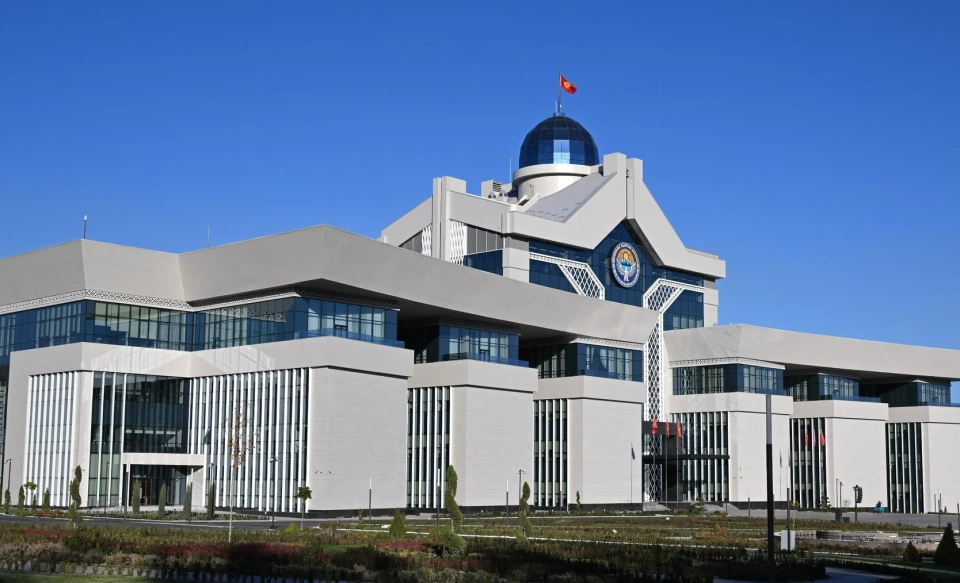
President of the Kyrgyz Republic Sadyr Japarov will visit Egypt on November 4 and 5 at the...
Today, November 5, during his official visit to Egypt, President Sadyr Japarov met with Hanafi Ali...

Where is the Open-Air Sculpture Museum located in Bishkek? The Open-Air Sculpture Museum is...
On November 5, an official meeting took place at the presidential palace "Al-Ittihadiya"...
- During his visit to the numismatic museum of the new administrative building of the National Bank...
The National Historical Museum has initiated a tender for the development of a permanent multimedia...

Traveling along the eastern part of the Issyk-Kul Lake coast, you will definitely find yourself in...

Art Gallery in Kyrgyzstan The Gapar Aitiev National Museum of Fine Arts is the main artistic...

The State Historical Museum of the Kyrgyz Republic is one of the largest museums in Central Asia....